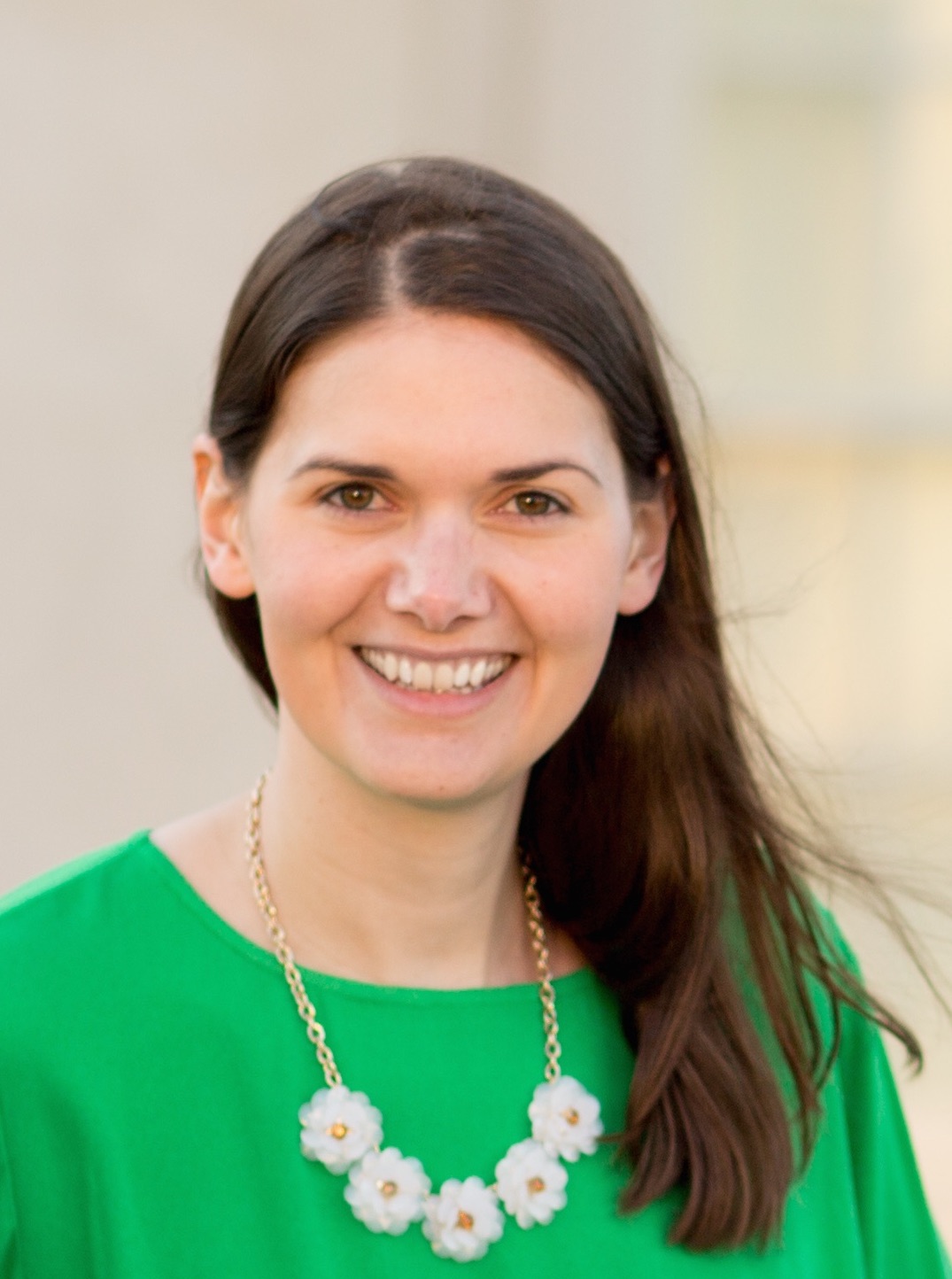Katie Eckert’s Website
Hello! I am a postdoc at the University of Pennsylvania. My research centers around studying both the evolution of galaxies and the evolution of our universe. Keep reading for a short description of each!
Galaxy Evolution
Galaxies are collections of stars, gas, and invisible “dark” matter that are the visible building blocks of our universe. Galaxies come in all shapes and sizes, and understanding how they form and evolve is key to understanding our larger universe. My own research has focused on measuring the stellar, stellar + gas, annd total masses (including “dark” matter) of galaxies to examine the distribution of galaxy matter in the nearby universe. I have performed these studies with the RESOLVE survey. Additionally, I am interested in how galaxies “quench” or lose their gas and cease to form stars. I have started a campaign to examine such quenching in “nascent groups,” low-mass groups with 3-5 members, which seem to be at the transition between star forming and quenched.
Observational Cosmolgy
In addition to studying how galaxies evolve, we can actually use galaxies themselves to study how the universe builds up over time. Galaxies far away are observed to be distorted by matter between us and the galaxy: a concept known as lensing. In some dramatic cases, galaxies behind massive foreground galaxies and clusters are visibly stretched (sometimes into rings!), which we call strong lensing. In most cases, though, galaxies are only distorted a small amount and we have to look for statistical excessess of distortion in a particular section of the universe, i.e., “weak lensing.” With weak lensing we can understand the build up of matter both visible (galaxies) and invisible (dark matter) over time. I am a member of the Euclid and Dark Energy surveys, which are measuring the weak lensing effect for ~1 billion galaxies.
Other Interests
In addition to the above, I am interested in many other astronomical effects. I have worked on some instrumentation projects for the SOAR telescope and enjoy observing. I am also working on studying the proper motions of stars in the Milky Way using the DES and Gaia data. Additionally, I enjoy mentoring and teaching students of all ages and participating in science outreach events.
Thanks for visiting my website!
